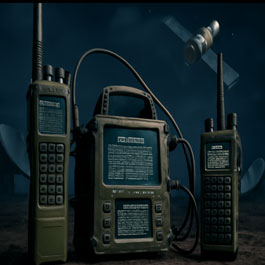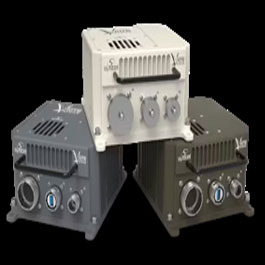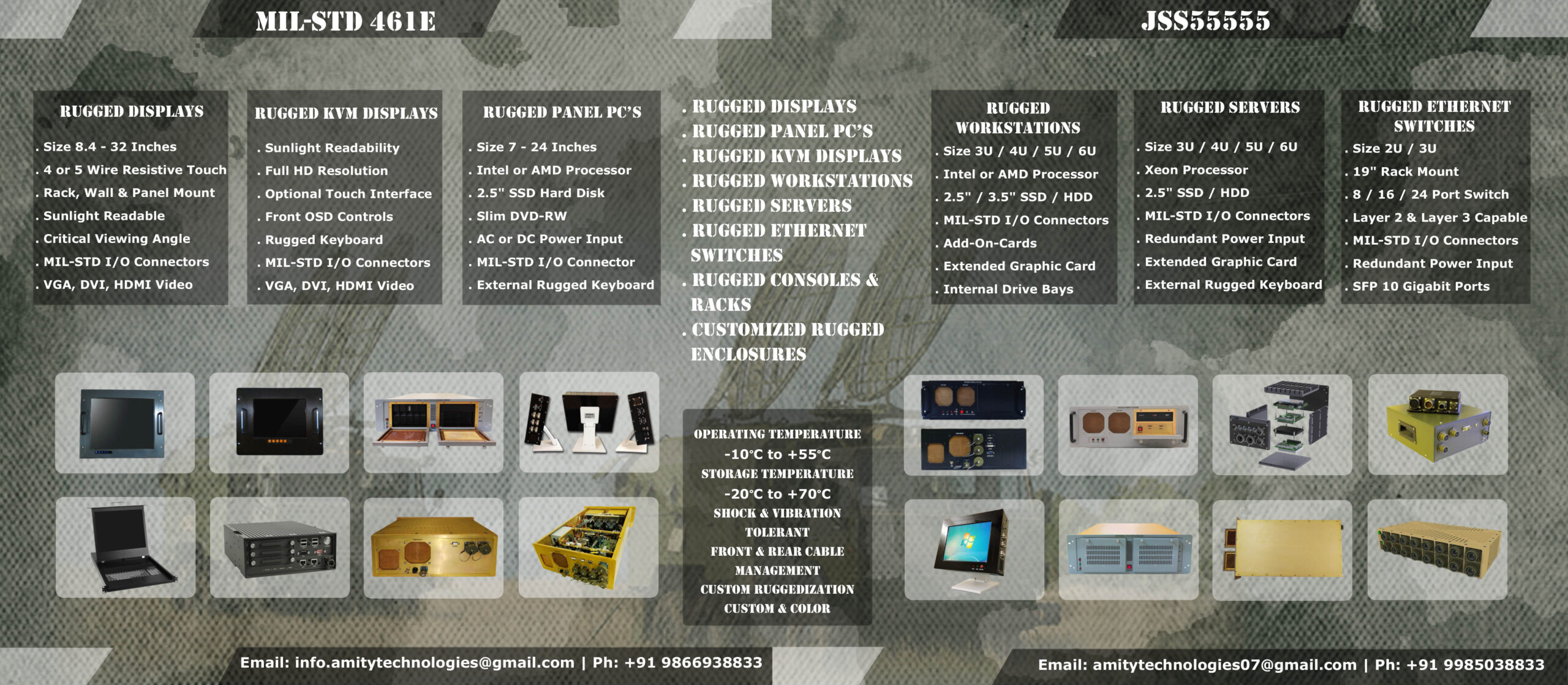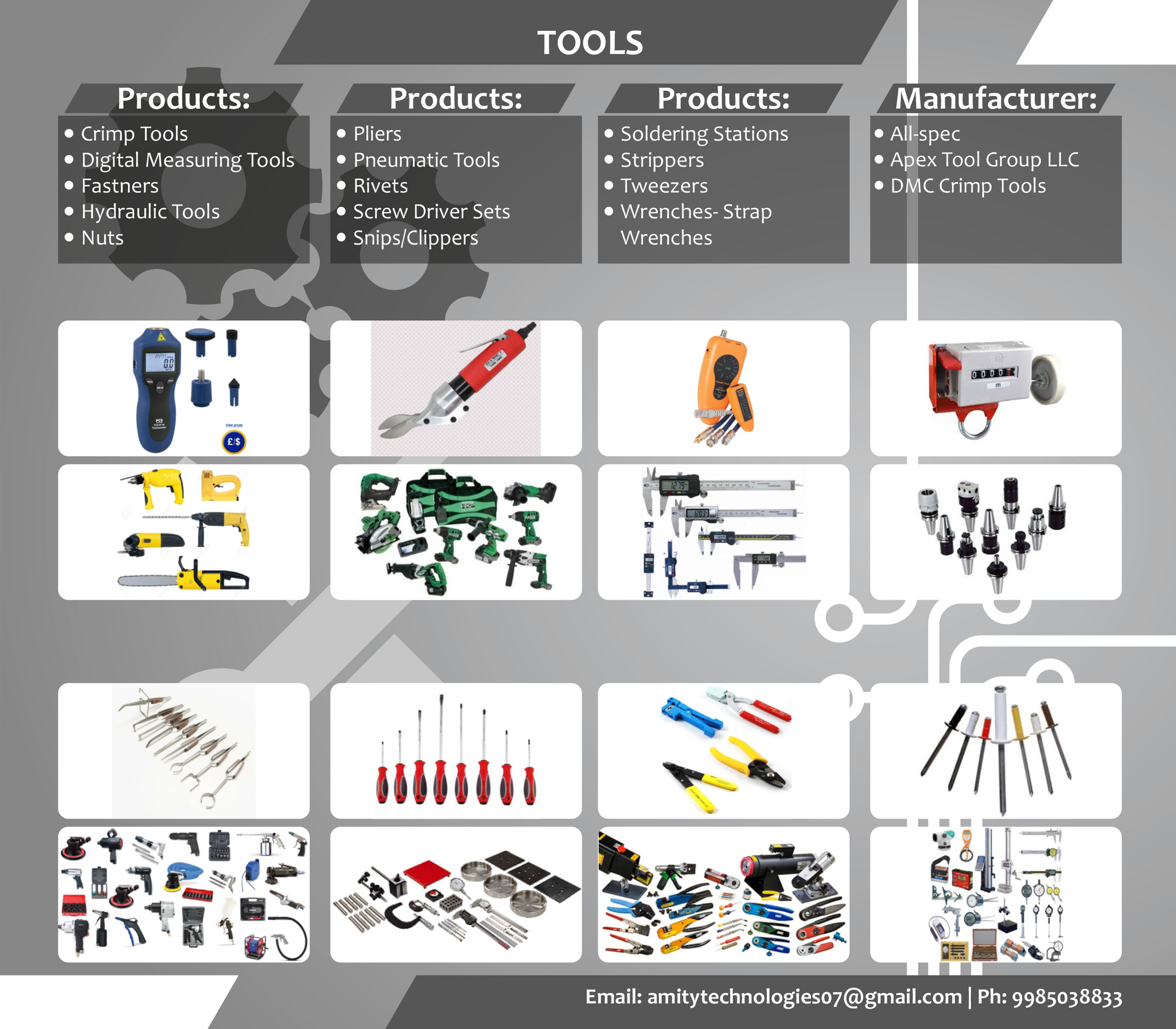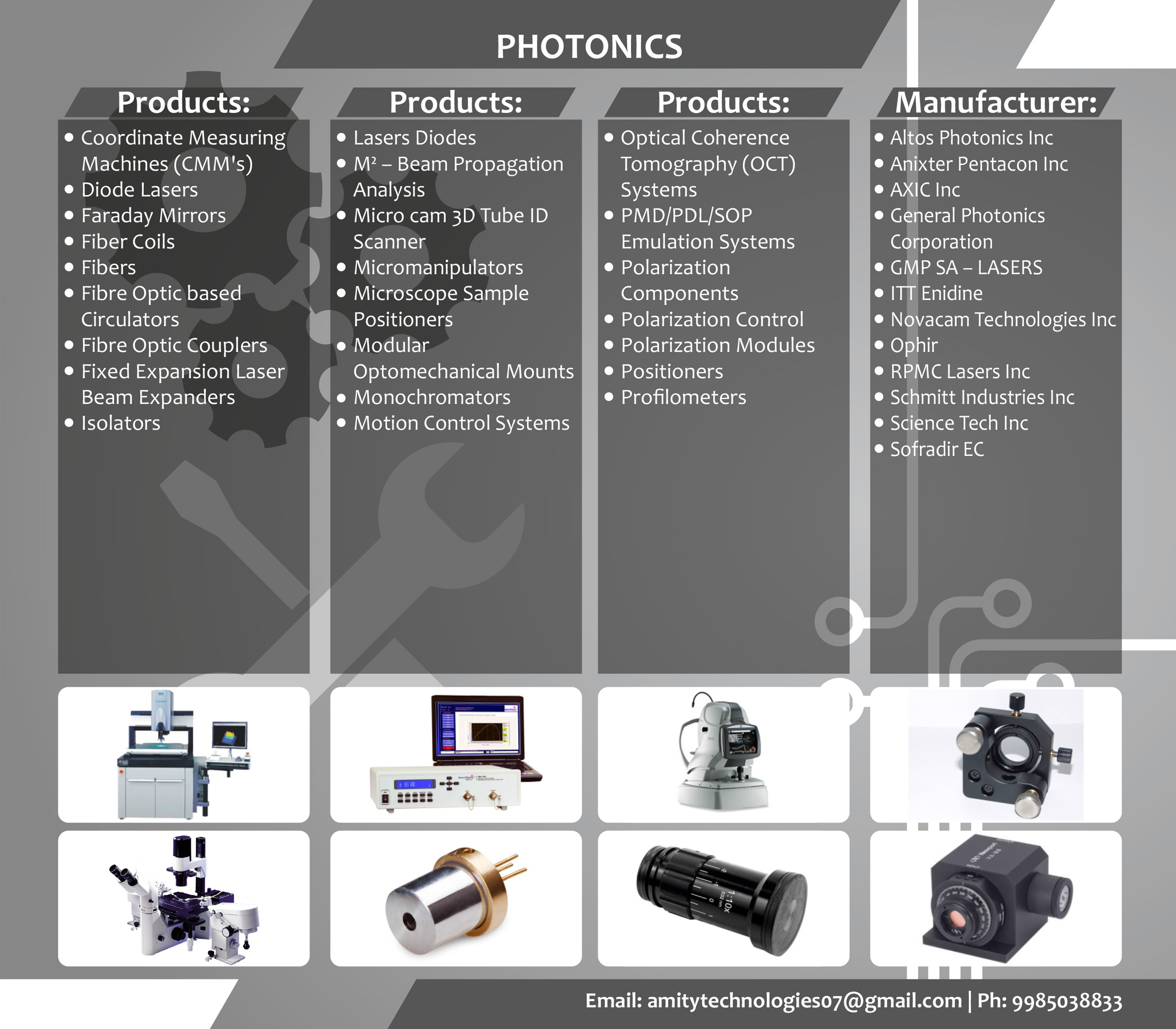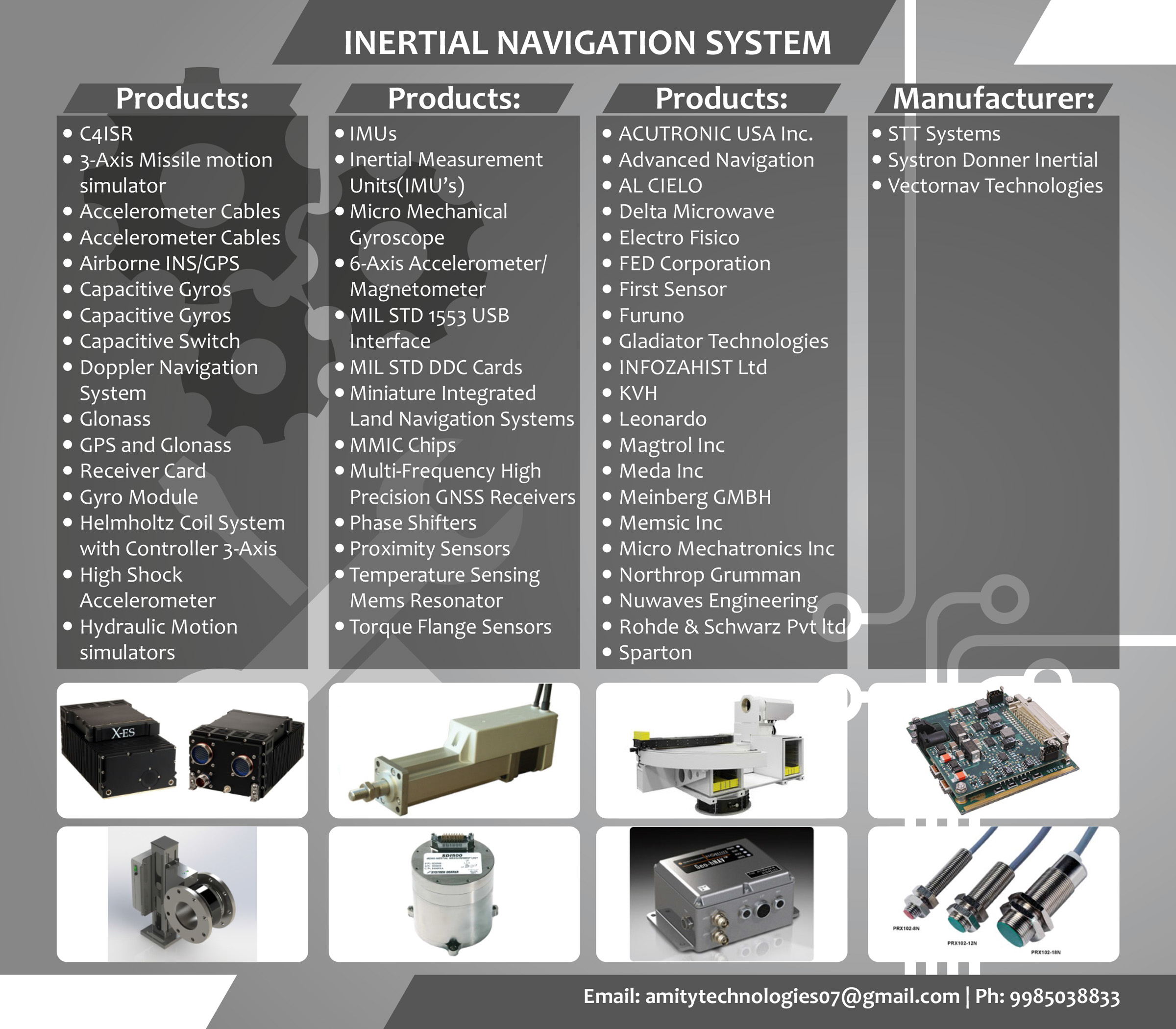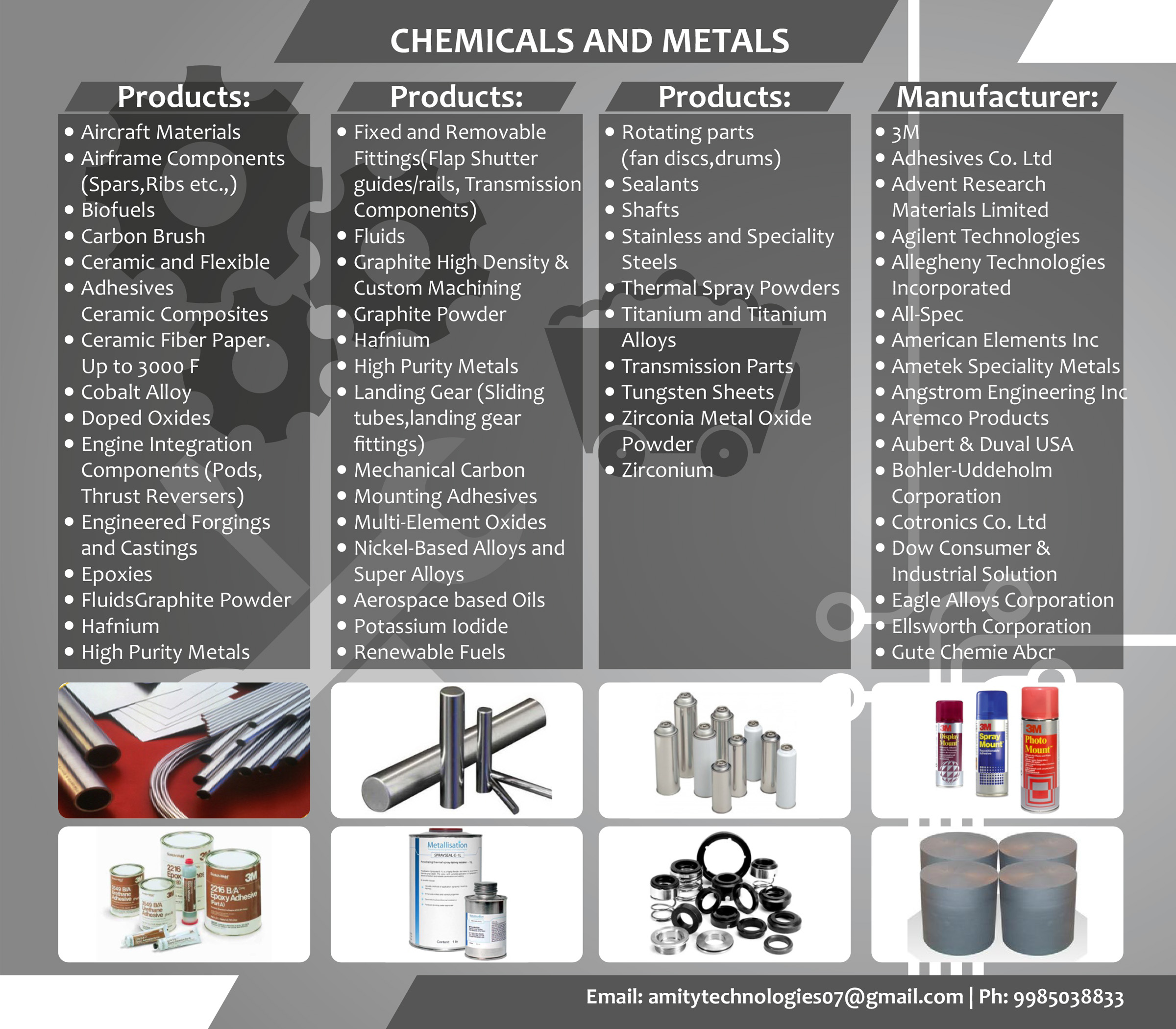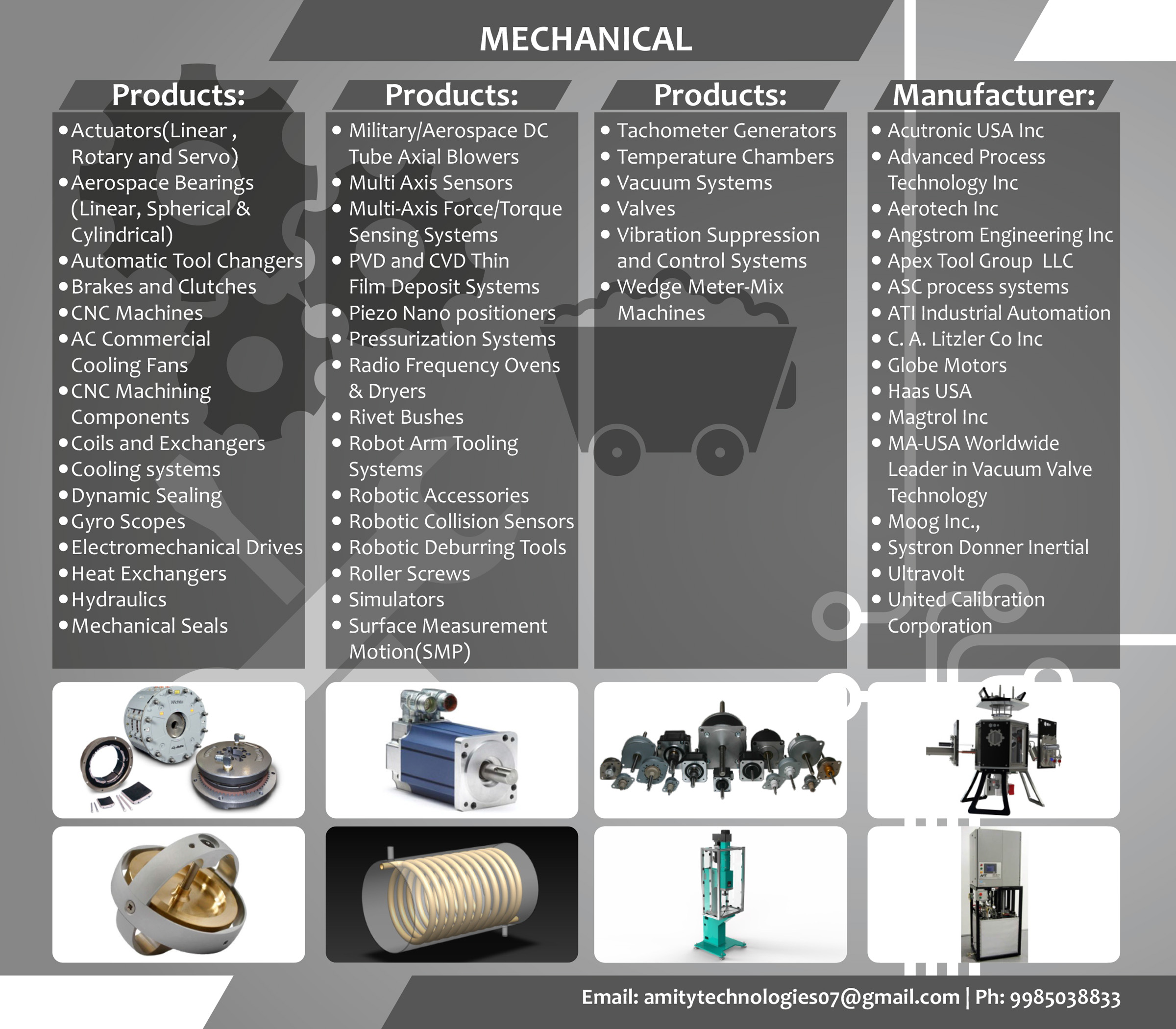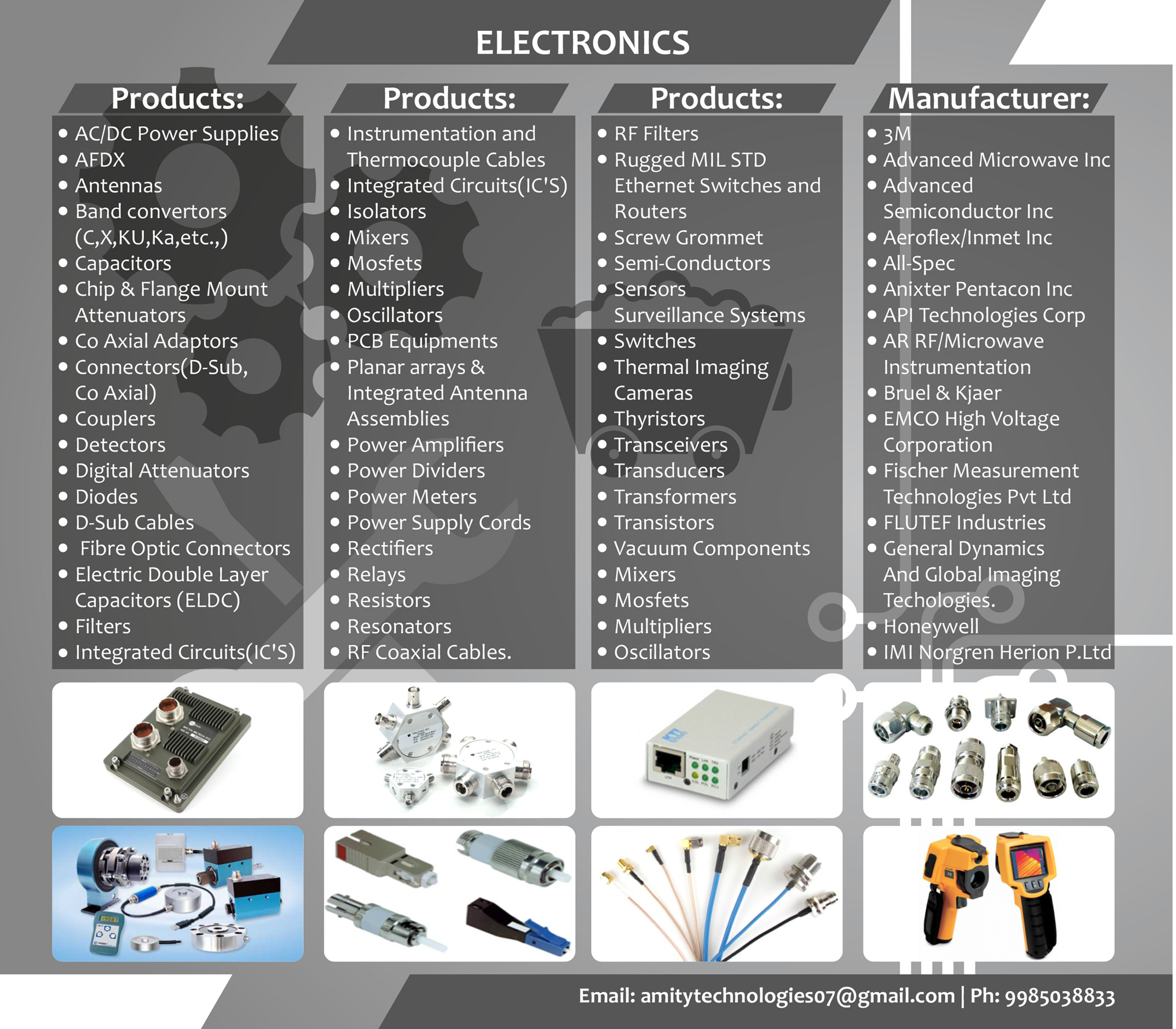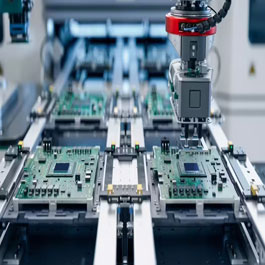
In the rapidly evolving world of defence technology, electronics play a critical role in enhancing situational awareness, improving decision-making speed, and increasing the safety of both personnel and assets. As global security challenges become more complex, the defence sector is witnessing an unprecedented surge in innovation. From AI-powered systems to resilient hardware for harsh environments, 2025 is set to be a transformative year.
Here are the top 5 defence electronics trends to watch in the coming year.
1. AI-Driven Decision Support Systems
Artificial Intelligence (AI) is no longer confined to research labs—it’s now central to real-world defence applications. AI-powered decision support systems are enabling faster, more accurate battlefield assessments, predictive maintenance, and automated target recognition.
In 2025, expect AI integration to expand into tactical drones, surveillance systems, and autonomous vehicles, reducing human workload and minimizing decision lag in high-pressure situations.
Key Impact:
- Real-time battlefield analytics
- Enhanced threat detection
- Improved operational efficiency
2. Quantum-Resistant Communications
As quantum computing capabilities advance, the risk of traditional encryption methods becoming obsolete is growing. Defence organizations are now shifting towards quantum-resistant encryption algorithms to secure communications against future cyber threats.
By 2025, we’ll see military networks adopting post-quantum cryptography to protect sensitive intelligence from interception—even by quantum-capable adversaries.
Key Impact:
- Future-proofed cybersecurity
- Protection of classified information
- Increased resilience against advanced hacking techniques
3. Ruggedized Electronics for Harsh Environments
Battlefield conditions can be extreme—dust, vibration, high temperatures, and electromagnetic interference can damage conventional electronics. The demand for ruggedized hardware is surging, with innovations in materials, coatings, and thermal management making devices more durable than ever.
In 2025, expect defence electronics that not only withstand environmental stress but also self-monitor for potential faults before they become mission-critical issues.
Key Impact:
- Extended equipment lifespan
- Reliable performance in extreme conditions
- Reduced maintenance downtime
4. Advanced Electronic Warfare (EW) Capabilities
Electronic warfare is evolving rapidly to counter emerging threats such as drone swarms and AI-guided missile systems. Modern EW platforms are now using machine learning algorithms to adapt to enemy signals in real time, jam communications, and spoof radar systems.
2025 will likely bring more compact, mobile, and AI-enhanced EW systems, making them deployable across air, sea, and ground platforms.
Key Impact:
- Real-time adaptive jamming
- Enhanced survivability against enemy tracking
- Protection of critical assets
5. Next-Generation Sensor Fusion Systems
Sensor fusion—combining data from multiple sensors to produce a unified view—has been around for years, but advancements in processing power and AI are pushing its capabilities to new heights.
By 2025, defence electronics will feature multi-domain sensor fusion that integrates satellite, radar, infrared, acoustic, and cyber data into a single, actionable intelligence stream for commanders.
Key Impact:
- Superior situational awareness
- Reduced decision-making time
- Higher accuracy in threat identification
Final Thoughts
The year 2025 is shaping up to be a milestone in defence electronics. With AI integration, quantum-safe communications, ruggedized designs, advanced EW systems, and next-gen sensor fusion, militaries will be better equipped to handle the evolving challenges of modern warfare.
For defence contractors, staying ahead of these trends isn’t just an advantage—it’s a necessity.

